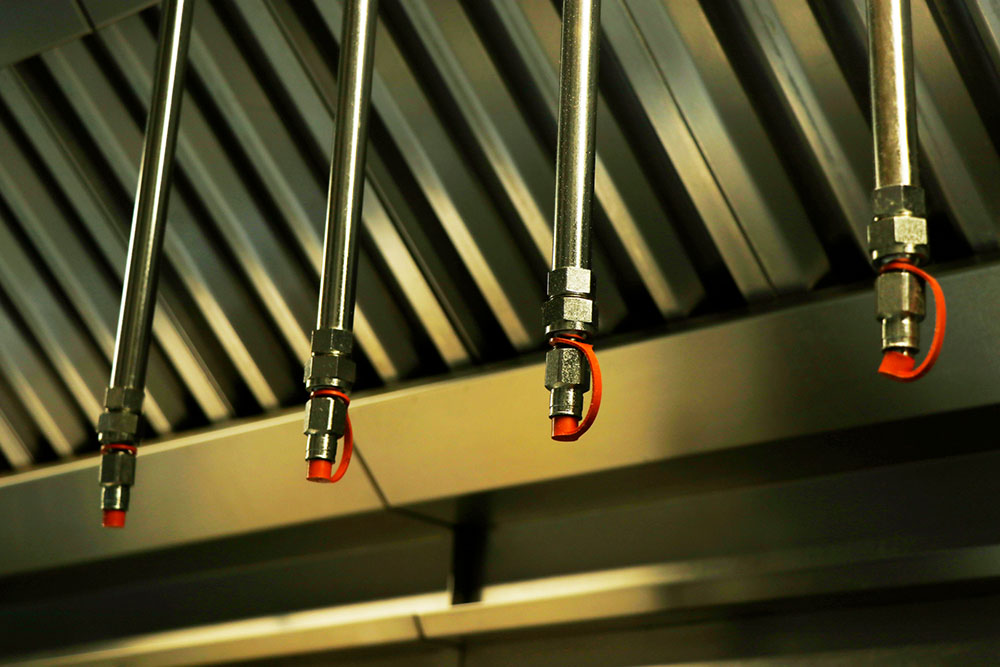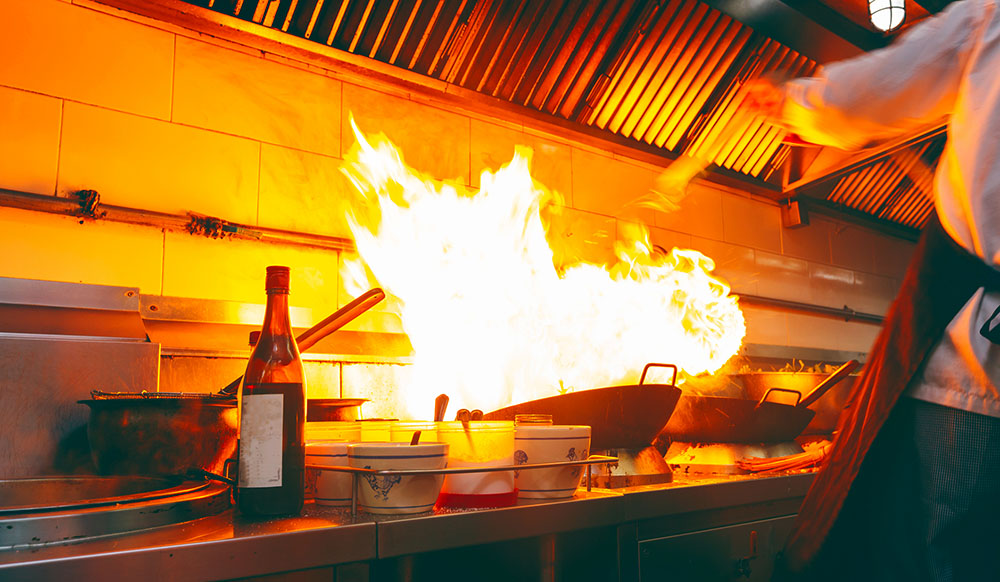Restaurant fire safety standards
Explore ways you and your staff can address the most common fire safety risks with a restaurant fire safety inspection. Plus gain insight into what restaurant fire safety codes or regulations are in place and the importance of fire prevention. Because the ripping hot flames of your restaurant should remain within the grill.
What are the fire codes and standards for restaurants?
In the United States, the National Fire Protection Association (NFPA) publishes several standards related to fire safety, including NFPA 1: Fire Code and NFPA 101: Life Safety Code. These codes provide guidelines for fire prevention, protection, and evacuation procedures.
It’s best to familiarize yourself with your local codes and understand what is required of you and your venue.
Hot tip: It’s best to consult an expert fire safety inspector, which is often your local fire department. If that’s not practical, here are key areas you and your staff can focus on.

Fire suppression systems
Install fire suppression systems in your business, like:
- restaurant kitchen fire extinguishers
- sprinkler systems, and
- installing restaurant smoke detectors in your service areas.
It is extremely important you have the right type of restaurant kitchen fire extinguisher. For most commercial kitchens this is a Class K extinguisher.
These particular extinguishers use an agent that separates the fuel (cooking oil and grease) from the oxygen and help to absorb the heat elements.
Make sure your restaurants kitchen fire extinguishers are in good working condition. They need to be serviced every six months and pressure tested or replaced every five years.
Review your restaurants emergency exits
Every restaurant needs to have clearly marked emergency exits that people can use to get out quickly if there’s a fire. It’s crucial that these exits are always accessible and not blocked by anything.
Before you open every day, walk through your restaurant and make sure all emergency exits are clearly marked and easy to access. Train your staff to keep these exits clear at all times.
Additional staff training
Prevention is only successful is your staff know what to do when the unexpected occurs. Hold regular fire safety training sessions for your employees. Make sure everyone knows what to do in case of a fire and practice evacuation drills regularly.
If you run multiple venues, it may be difficult to conduct regular training sessions in person. Here’s where a centralized digital training platform comes in handy.
You can educate each team member with accurate fire prevention training material – which they can access anytime, anywhere.

What are the risks of fire safety non-compliance?
Fines and legal action
Fines for violating fire safety regulations are typically determined by local authorities or fire departments, who maintain their own fee schedules or penalty structures. They’re calculated based on factors such as:
- the severity of the violation
- the size of the business, and
- the potential risk to public safety.
Minor violations like blocked fire exits or outdated restaurant kitchen fire extinguishers might incur fines ranging from a few hundred to a few thousand dollars.
However, more serious breaches such as a lack of restaurant smoke detectors or neglecting known fire hazards, could result in fines of more than $100,000.
In extreme scenarios where non-compliance leads to injuries, fatalities, or significant property damage, businesses may face even steeper fines, along with potential civil litigation and criminal charges.
Reputation damage
When news of safety violations spreads, it can erode the trust and confidence customers and the community have in your restaurant.
Patrons want to feel safe when dining out or visiting a business. Hearing about safety breaches can make them question the integrity and reliability of the business, leading to a loss of customers. Your reputation can also be impacted by:
- Negative word-of-mouth.
- Online reviews.
- Media coverage.
Plus, the damage may extend beyond customer perceptions. It can also affect relationships with suppliers, partners, and stakeholders.

Increased insurance costs
When a business fails to comply with fire safety regulations, it poses a greater risk of property damage, liability claims, and potential loss of income.
This increased risk prompts insurance companies to adjust their rates accordingly, resulting in higher premiums.
Some insurance companies may refuse to provide coverage altogether for properties that fail to meet fire safety standards.
How Operandio can help you stay fire safe
Whenever you do a restaurant fire safety inspection or fire prevention compliance review, you’re required to tick a lot of boxes. This is where the convenience of Operandio’s digital compliance checklist templates come in handy. Designed specifically for restaurants, book your free demo today.


